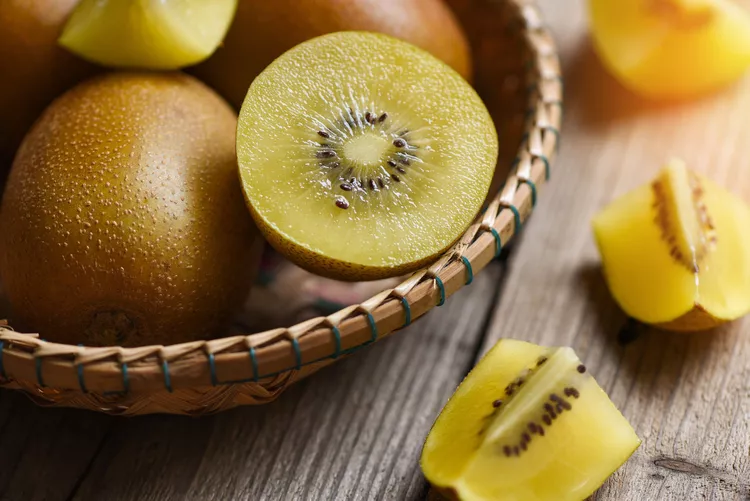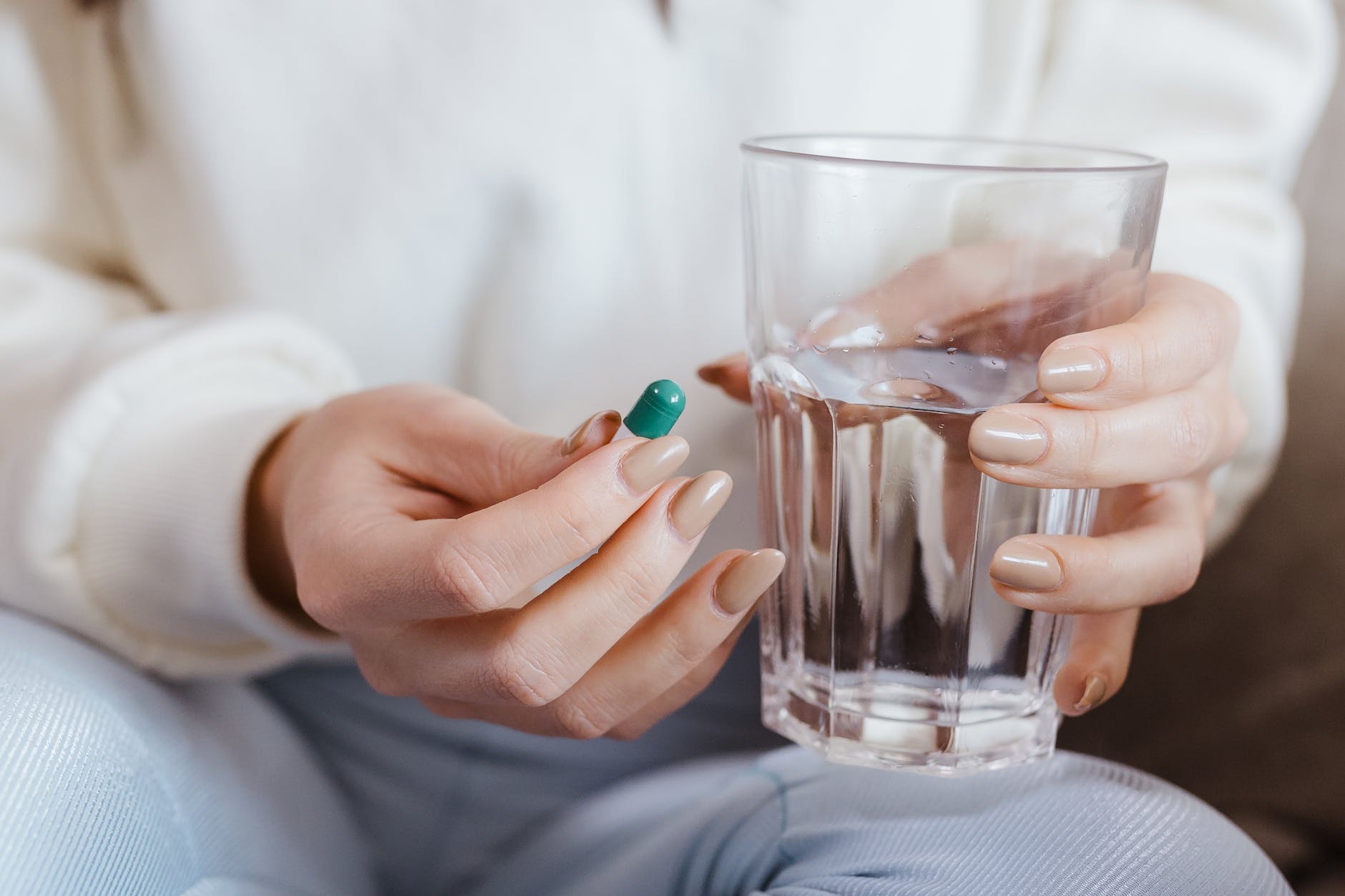
Is fermenting garlic in honey a genuine cold and flu remedy, or just a trending social media treatment?
Enthusiasts of well-being contend that garlic infused in honey can potentially prevent or treat colds and flu. While each ingredient individually has known health benefits, there is currently no research on the combined effects of mixing garlic and honey specifically for cold and flu prevention.
Sharon Palmer, a registered dietitian nutritionist in California, warns against the increasing hype and unverified health claims surrounding this natural remedy, particularly on social media.
This remedy has been a traditional household practice for a considerable period, according to Rachel Dyckman, a registered dietitian nutritionist based in New York City. However, it’s essential to note that the majority of studies exploring the biological activity and bioactive compounds in garlic and honey have been conducted in vitro, or in a lab dish, as explained by Heather Davis, a registered and licensed dietitian nutritionist at Nutrisense.
Davis emphasizes the limitations of in vitro studies, stressing the challenge of extrapolating their findings to how these compounds behave in a living body (in vivo). Here’s a breakdown of the individual health benefits of garlic and honey, along with crucial information about combining them during the cold and flu season.
Both Honey and Garlic May Have Cold and Flu Benefits
Both garlic and honey carry distinct health benefits of their own.
Honey, renowned for its medicinal uses throughout centuries, contains phytochemicals known for their anti-inflammatory, antimicrobial, and antioxidant properties, according to Palmer. A 2021 review of several studies supported honey’s efficacy in alleviating cold symptoms, reducing cough frequency, and mitigating cough severity. Another study from the same year highlighted honey’s potential to stimulate the immune system and exhibit anti-inflammatory effects. However, the choice of honey matters, with an in vitro study specifying manuka honey as effective in inhibiting the spread of the flu virus.
Davis notes, “There does seem to be some potential benefit” from honey.
On the garlic front, research suggests its array of health benefits. An older study indicates that aged garlic extract pills may increase T cells in the blood, crucial for warding off viruses. In a 2016 study, the extract demonstrated a reduction in the severity of cold and flu symptoms. Although the compounds in garlic can undergo changes during processing, the potential for wellness remains. A 2020 study confirmed garlic’s “potential” antiviral properties, while a 2021 report emphasized its antibacterial capabilities.
While a 2014 analysis of multiple trials indicated insufficient evidence to conclusively prove garlic’s effectiveness in preventing or treating the common cold, one study in the same report suggested its potential for prevention.
Research Doesn’t Support Fermenting Garlic in Honey
Regarding the popular honey-garlic blend, there is a notable scarcity of peer-reviewed published research, particularly on the overall ferment.
Melinda Ring, MD, executive director of the Osher Center for Integrative Health at Northwestern University, emphasized the absence of definitive proof supporting the notion that a garlic and honey mixture can effectively prevent or treat colds and flu. The limited support primarily stems from personal testimonials rather than rigorous clinical research.
While specific studies on the fermented blend are sparse, a 2013 report demonstrated the combined effectiveness of garlic and Ethiopian tazma honey in addressing Salmonella, E. coli, and other bacteria in vitro. Another lab study from the same year tested garlic juice and Langese brand honey, revealing their ability to combat strains of Streptococcus and Staphylococcus bacteria.
Despite these findings, Palmer highlighted the lack of scientific research documenting the health benefits of fermented garlic and honey.
Davis cautioned about potential risks associated with the concoction, pointing out documented botulism risks in raw honey and garlic. She noted that honey might contain various contaminants, including pesticides, antibiotics, heavy metals, and other toxic materials.
Certain demographics, such as babies under one year of age and individuals who are immunocompromised or allergic to bee pollen, should exercise particular caution with this combination, as explained by Dyckman.
Trying Honey Garlic for Cold and Flu Season
Despite the potential risks mentioned earlier, Dyckman considers fermented garlic in honey a relatively “benign intervention with few downsides.”
“It may be worth a try,” she suggested.
Acknowledging the lack of conclusive evidence, Ring advises individuals to view the remedy as a supplementary approach rather than a primary treatment for cold or flu.
For those interested in trying it, Ring recommends incorporating it into a broader health effort and consulting with a doctor, especially if there are underlying health conditions or if other medications, such as anticoagulants and anti-diabetes drugs, are being taken.
Davis emphasized that the most effective strategy for preventing or treating colds and flu involves consuming sufficient protein, vitamins, and minerals from whole foods while avoiding ultra-processed foods with added sugar.
Staying well-hydrated, getting adequate sleep, and managing stress are practices with “far more robust scientific support in terms of their ability to support immune health over time,” according to Davis.





